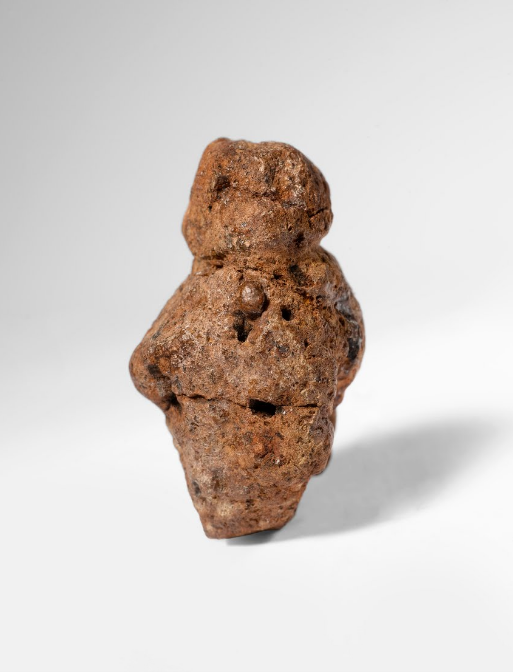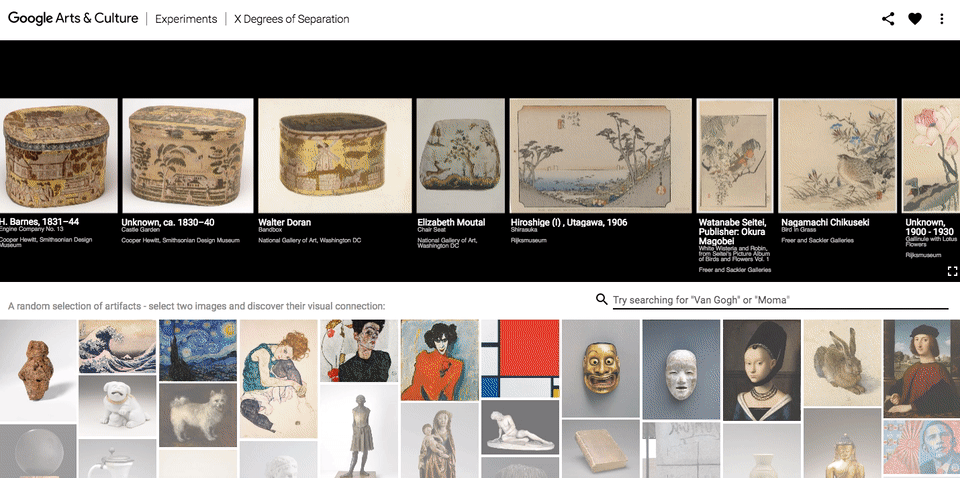This 233,000 year old female figurine is said to be the oldest piece of artwork ever found. Based on microscopic analyses archeologists suggest that it was shaped by human hands — possibly one of the first artists in the world. Critically, those human hands used a flint to shape the head and arms.

Ever since its ancient beginnings, art has been influenced by the tools and technology available to create and share works. Breakthroughs in painting, printing, or the invention of photography all provided tools for creative expression, and left their mark on our culture. In turn, art has inspired innovation and pushed the boundaries of technology. This remains true today.
Our team at Google Arts & Culture has been curious what Machine Learning can do in the hands of artists, museums or curators to create new experiences and help unlock art for everyone. This is why we invited creative coders - think of someone who is both a software engineer and an artist - to collaborate and experiment at our Lab in Paris. And today, we’re excited to share what we’ve been up to: check out the Google Arts & Culture Experiments, a new online space where you can see and play with the experimental projects that we have built.
With these experiments, you can explore hundreds of thousands of artworks and let Machine Learning aid your discovery.
- X Degrees of separation: They say any two people in the world can be connected through just a few layers of friends of friends. Much like Kevin Bacon is connected to anyone in Hollywood. How about artworks? Created in collaboration with code artist Mario Klingemann, our ‘X Degrees of Separation’ lets you choose any two artworks and the computer using Machine Learning will find a visual pathway connecting them through a chain of similar artworks.
- t-SNE Map: we’re all familiar with landscapes paintings, but how about a landscape of the history of art itself? You can now travel through hundreds of thousands of artworks from across centuries organized into one vast 3D landscape in this experiment. The more similar two works are seen by the computer the closer they are on the map. This was built in collaboration with digital interaction artist, Cyril Diagne.
- Tags: A picture is worth a thousand words. In our Tags experiment the computer looked at the artworks and tagged them with all it saw in the picture. In turn this allows you to explore anything from “hairstyles” to more abstract concepts like “calm” or “happy” in works from across the world of art.

We’re delighted to see the amount of excitement around Machine Learning in the cultural sector, especially among creative coders. If you are a creative coder yourself, or just getting started, check out the new AI Experiments website created by our friends in the Creative Lab where you can find further inspiration and resources.
